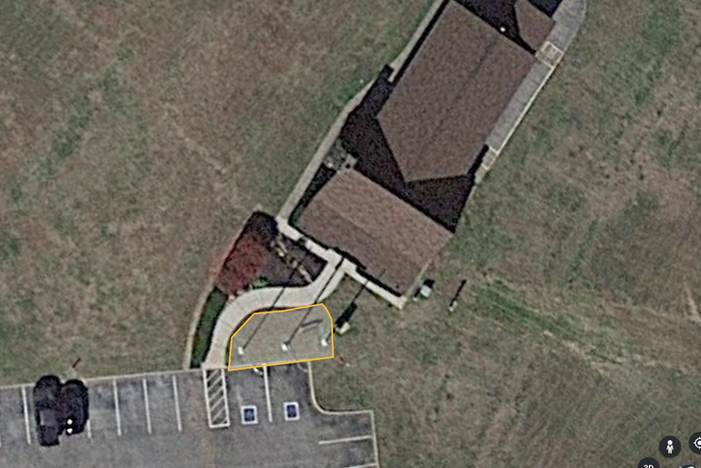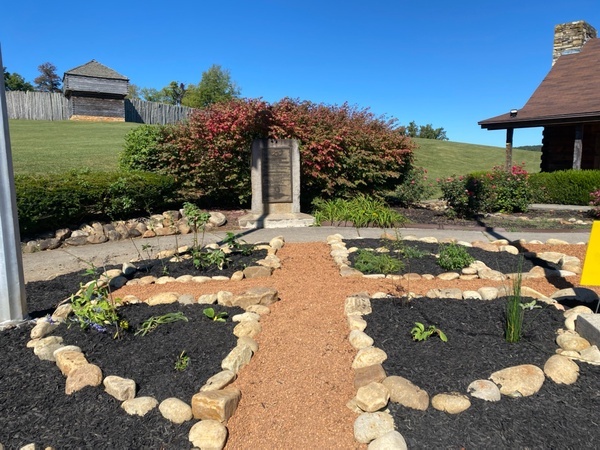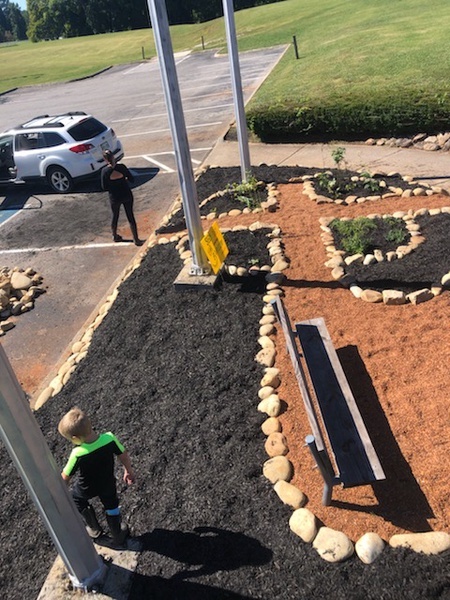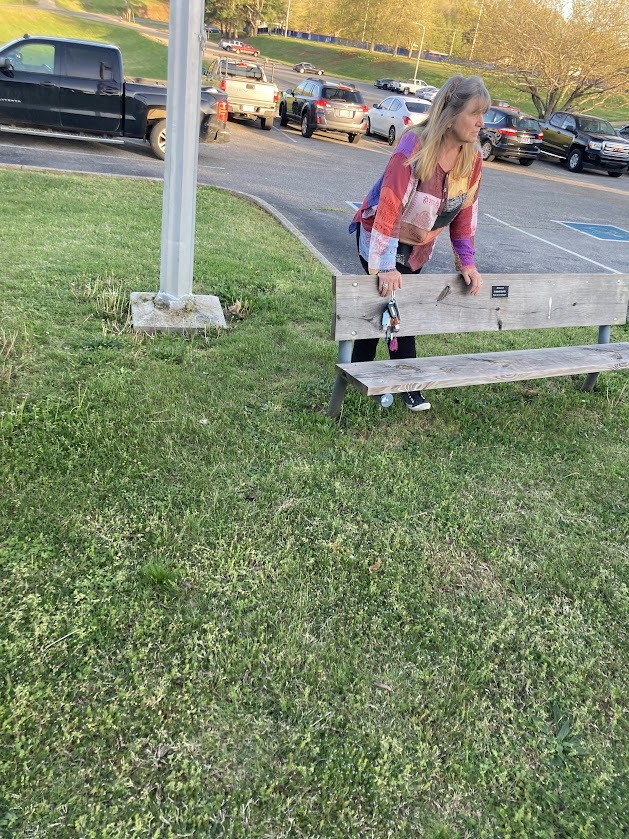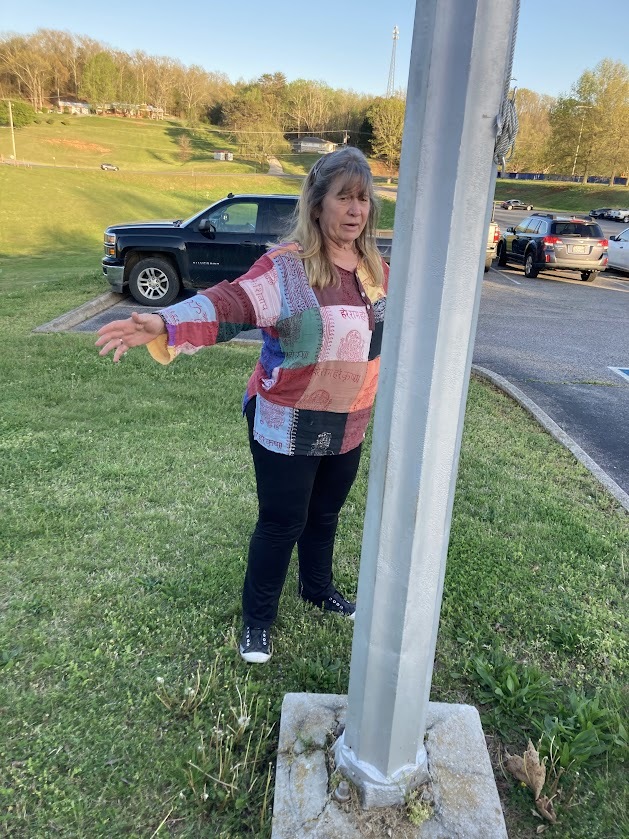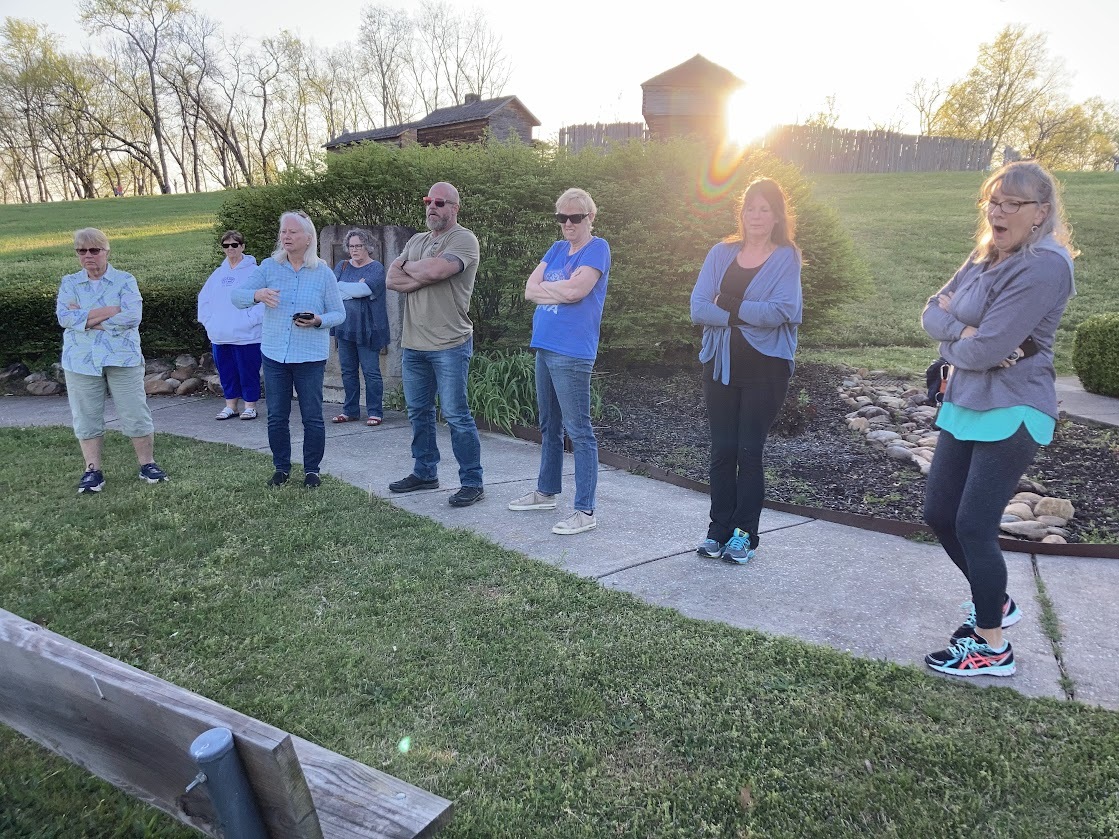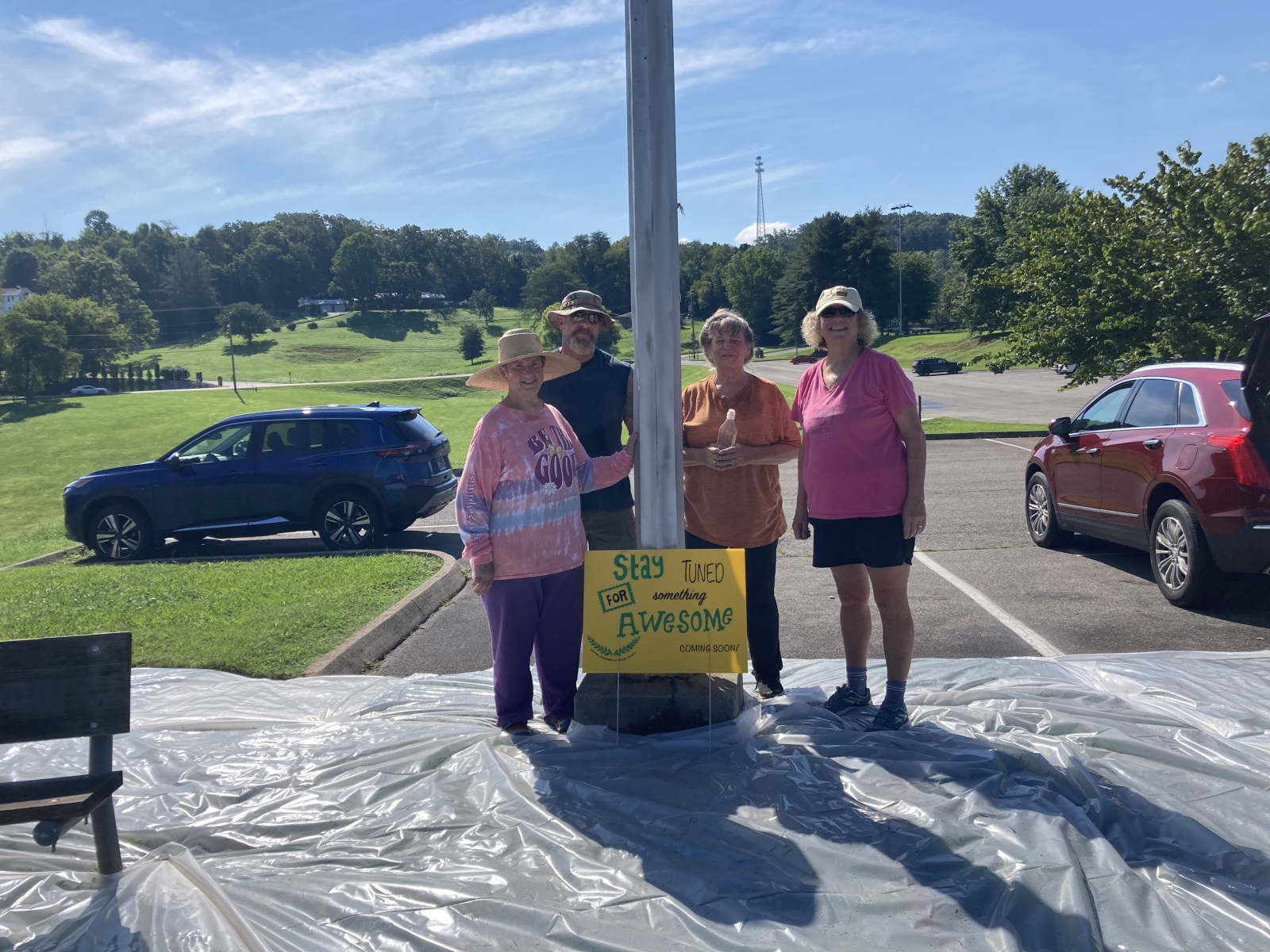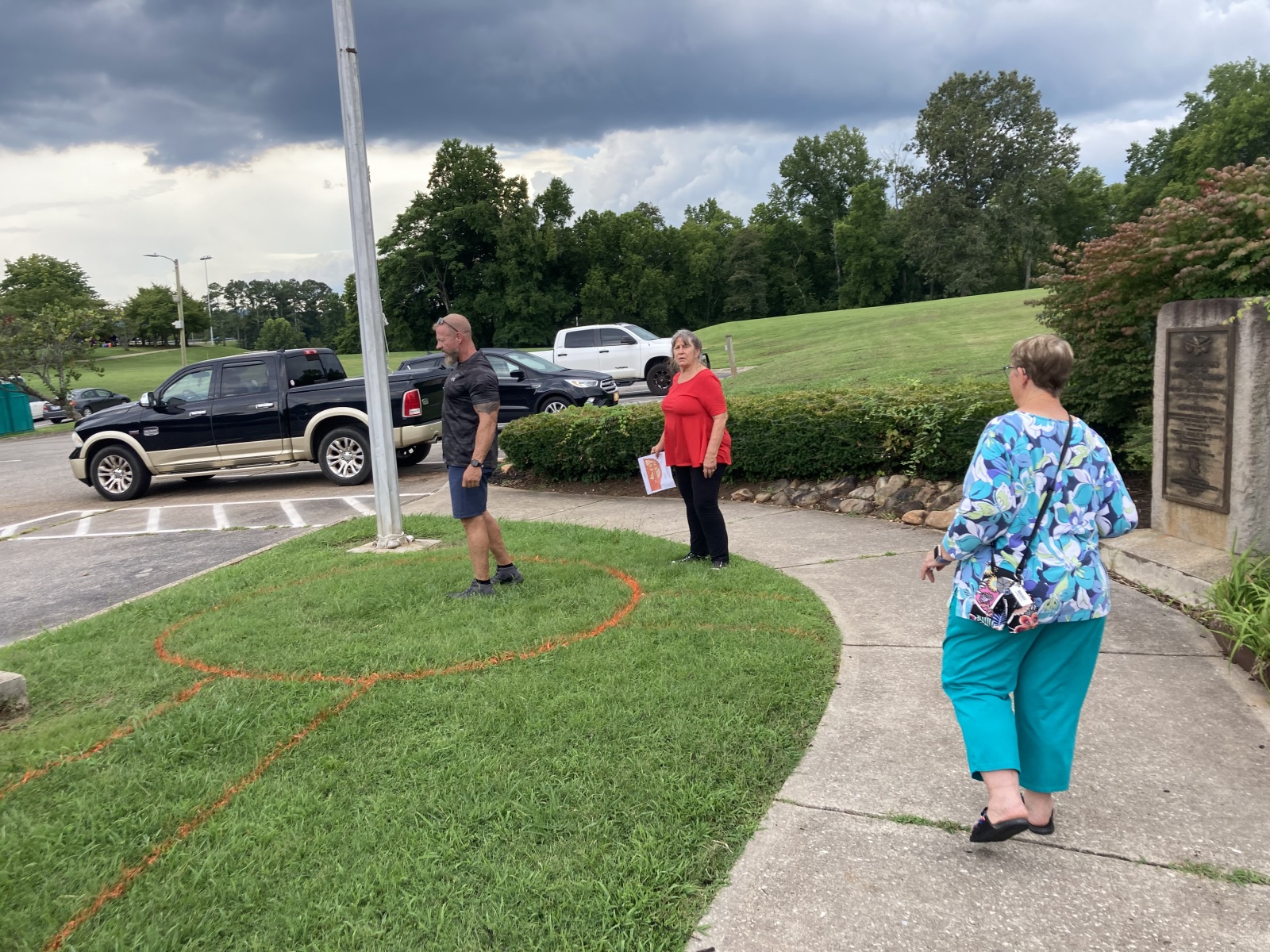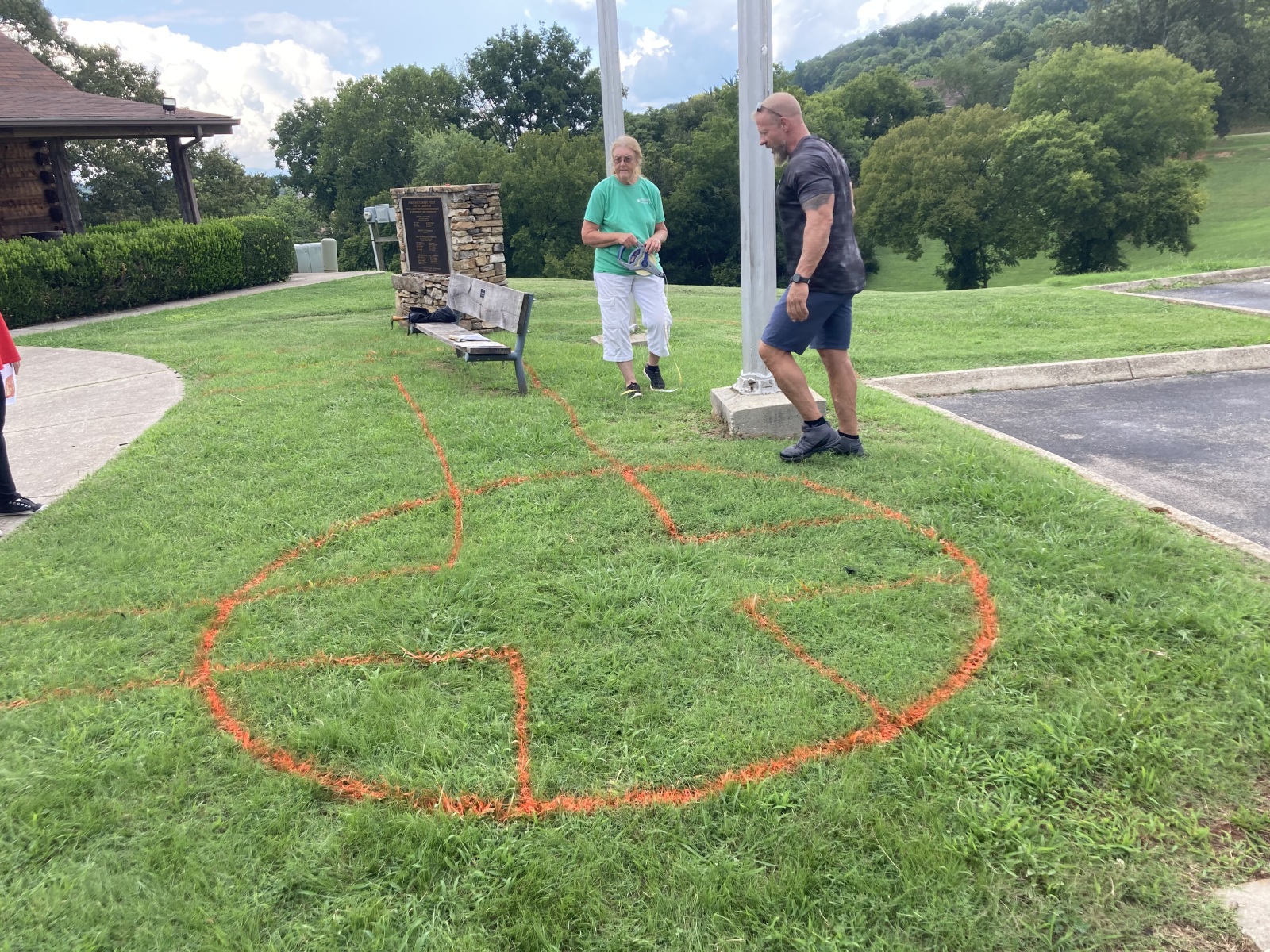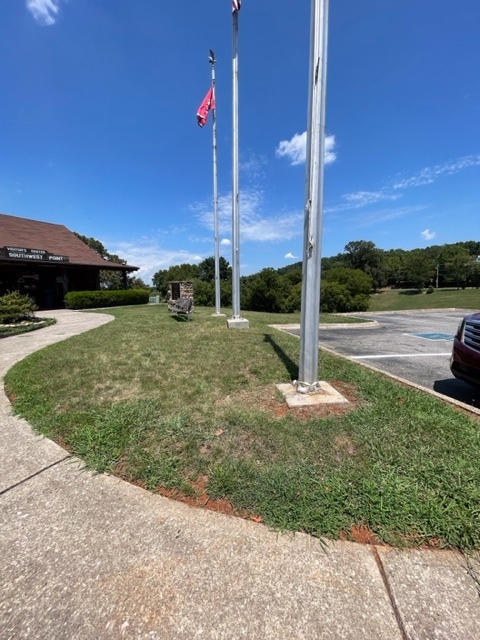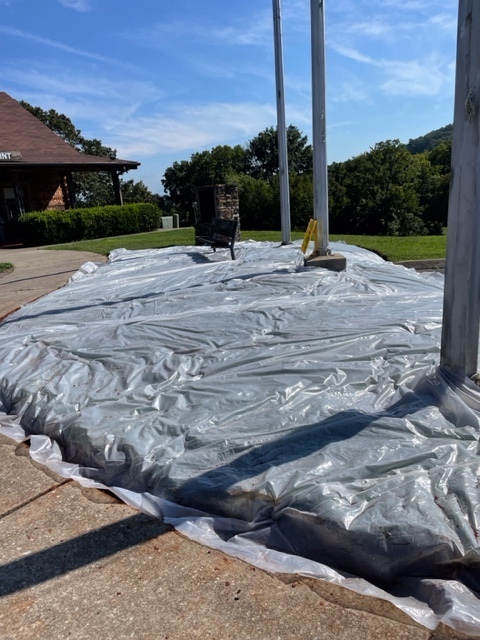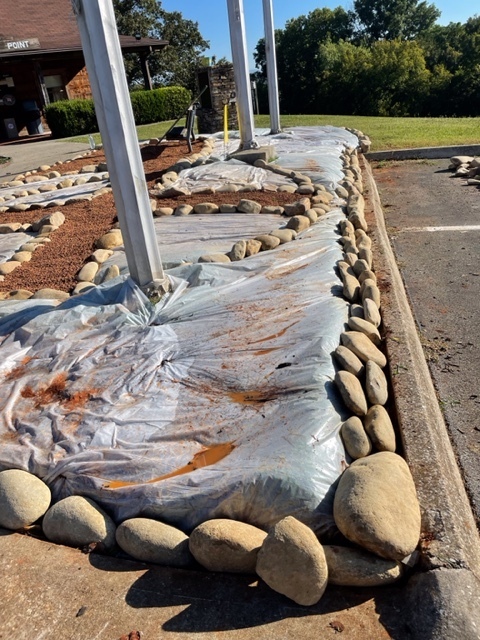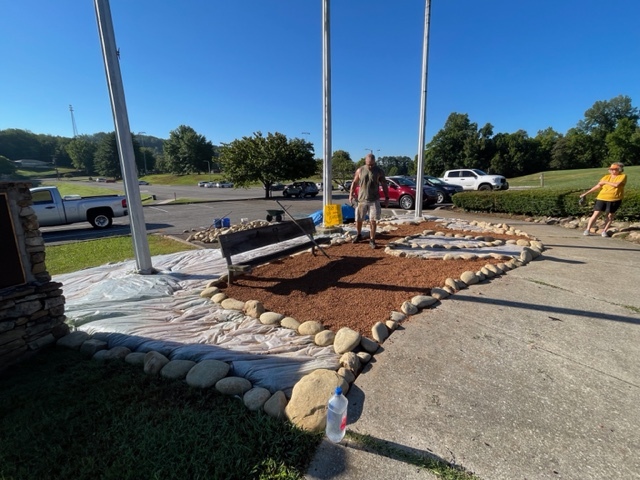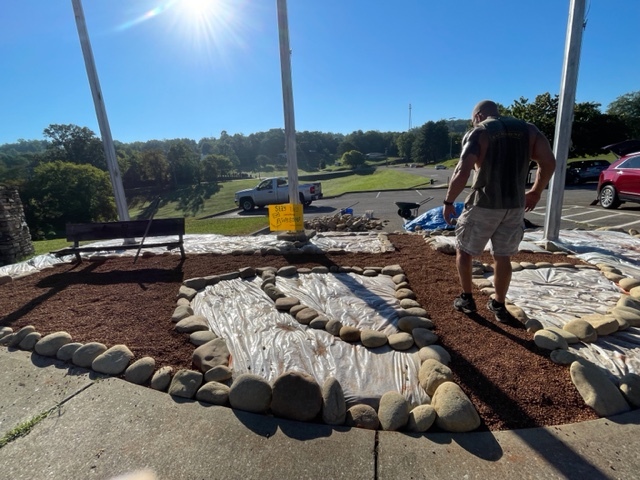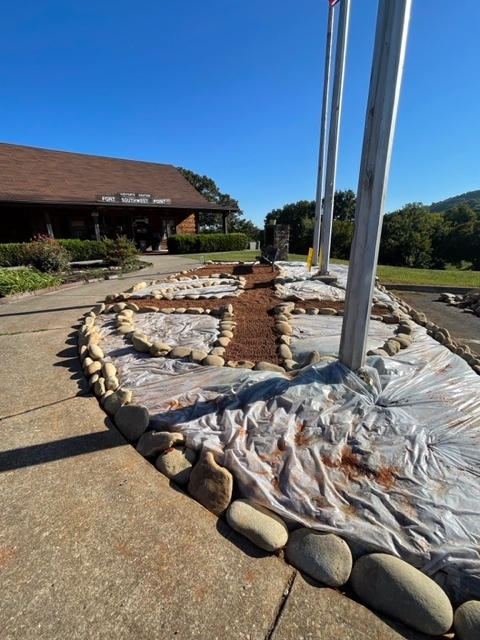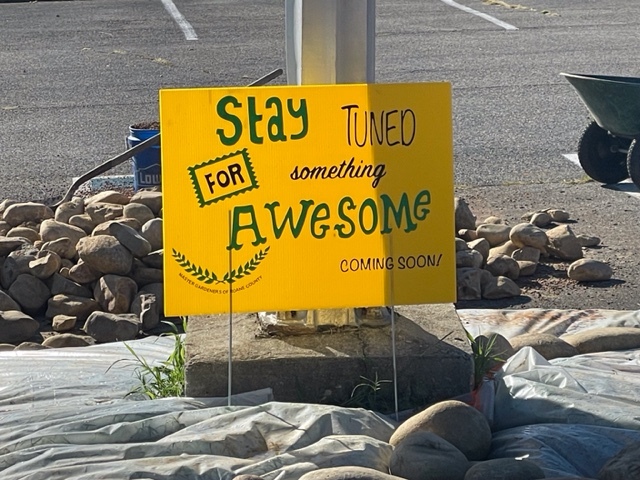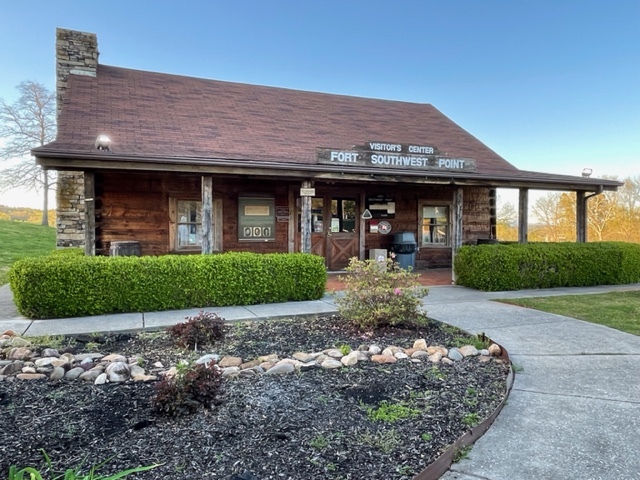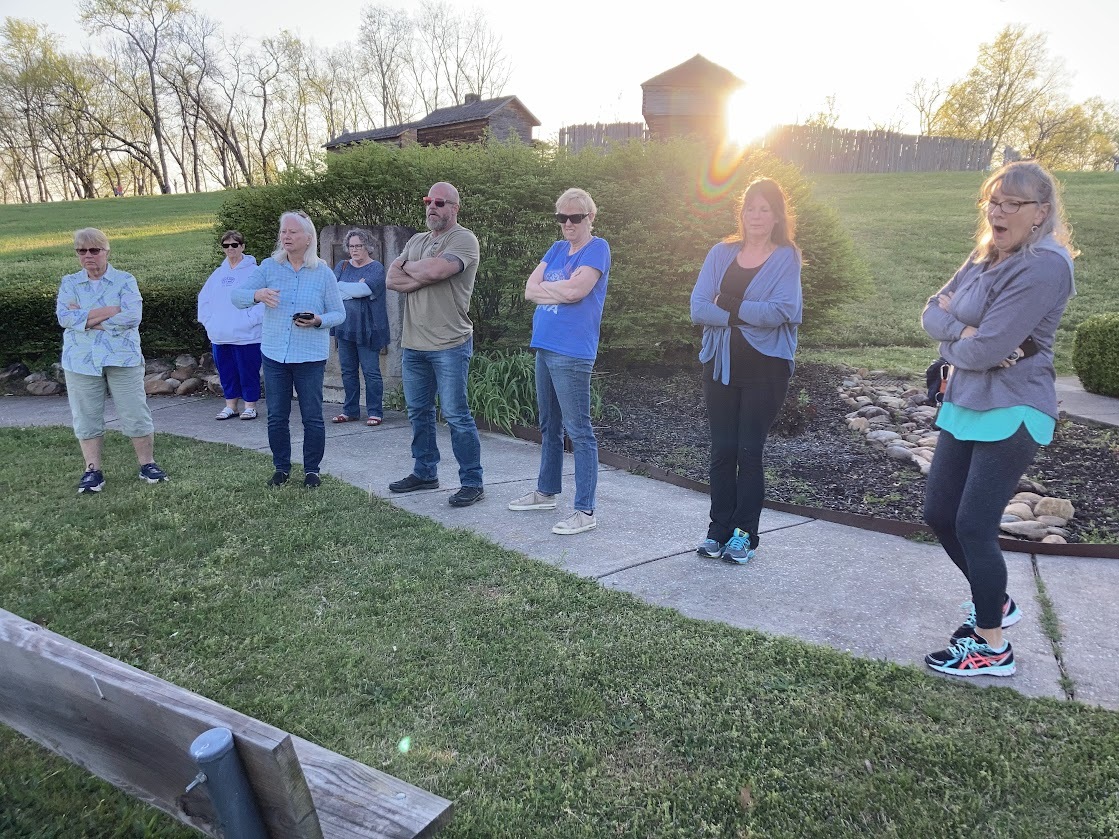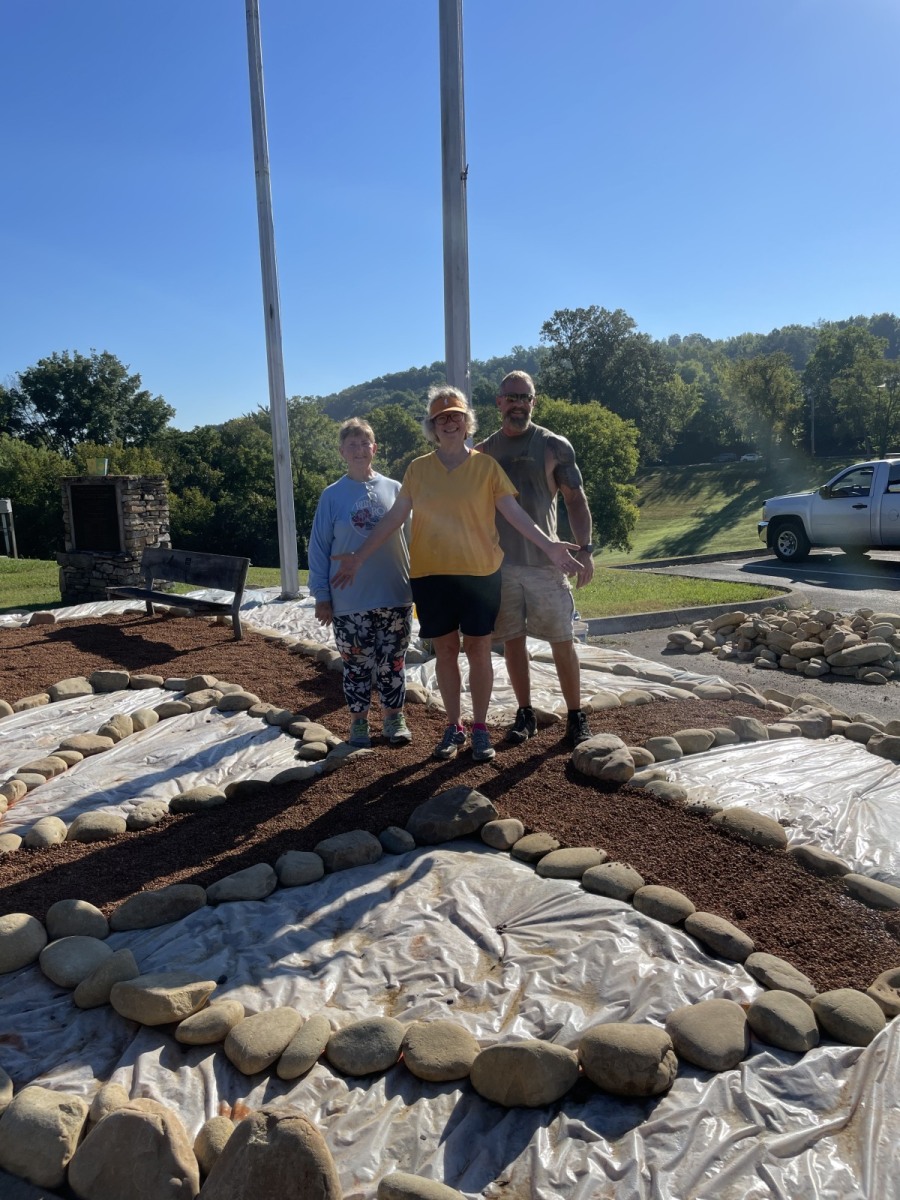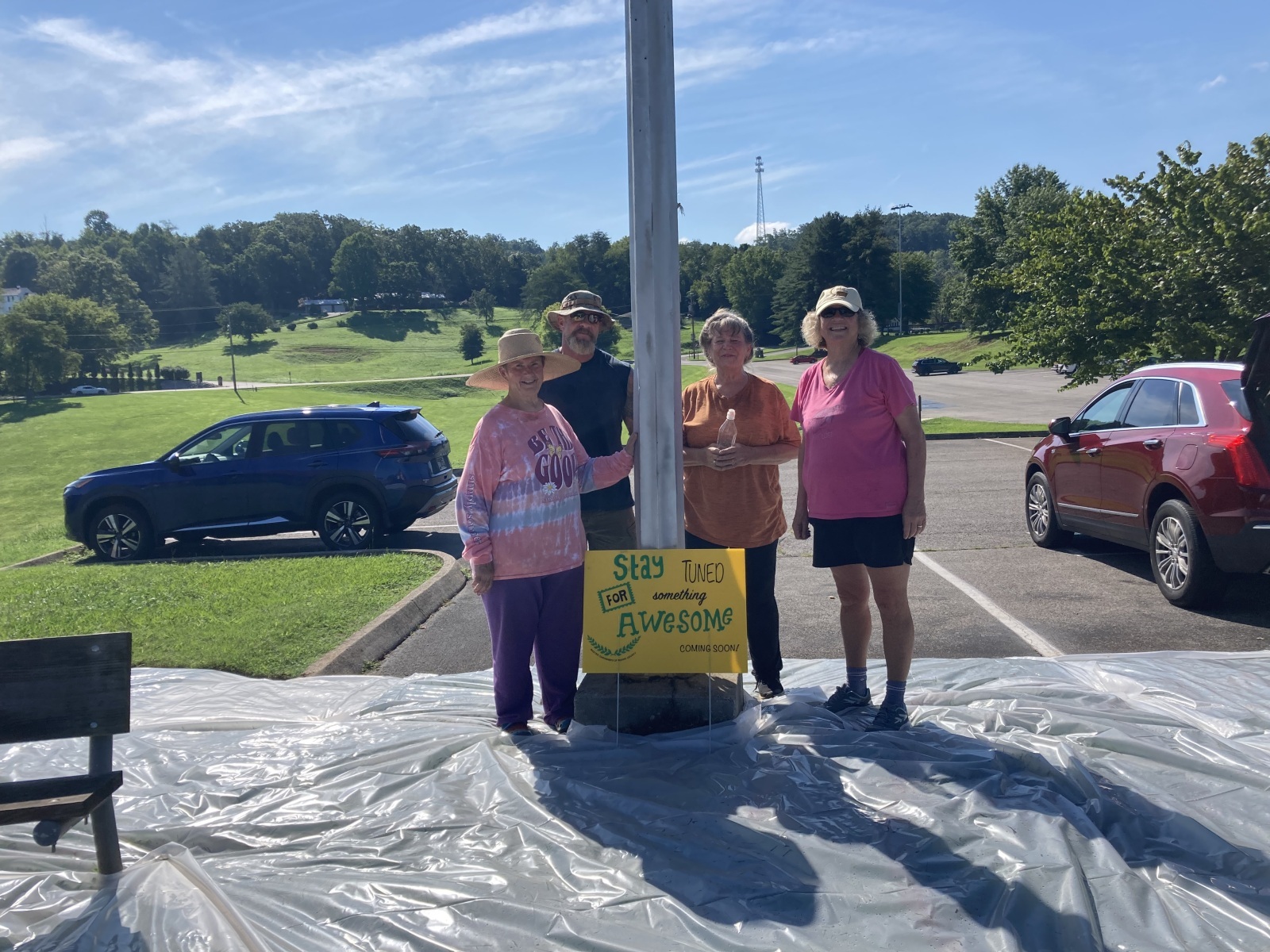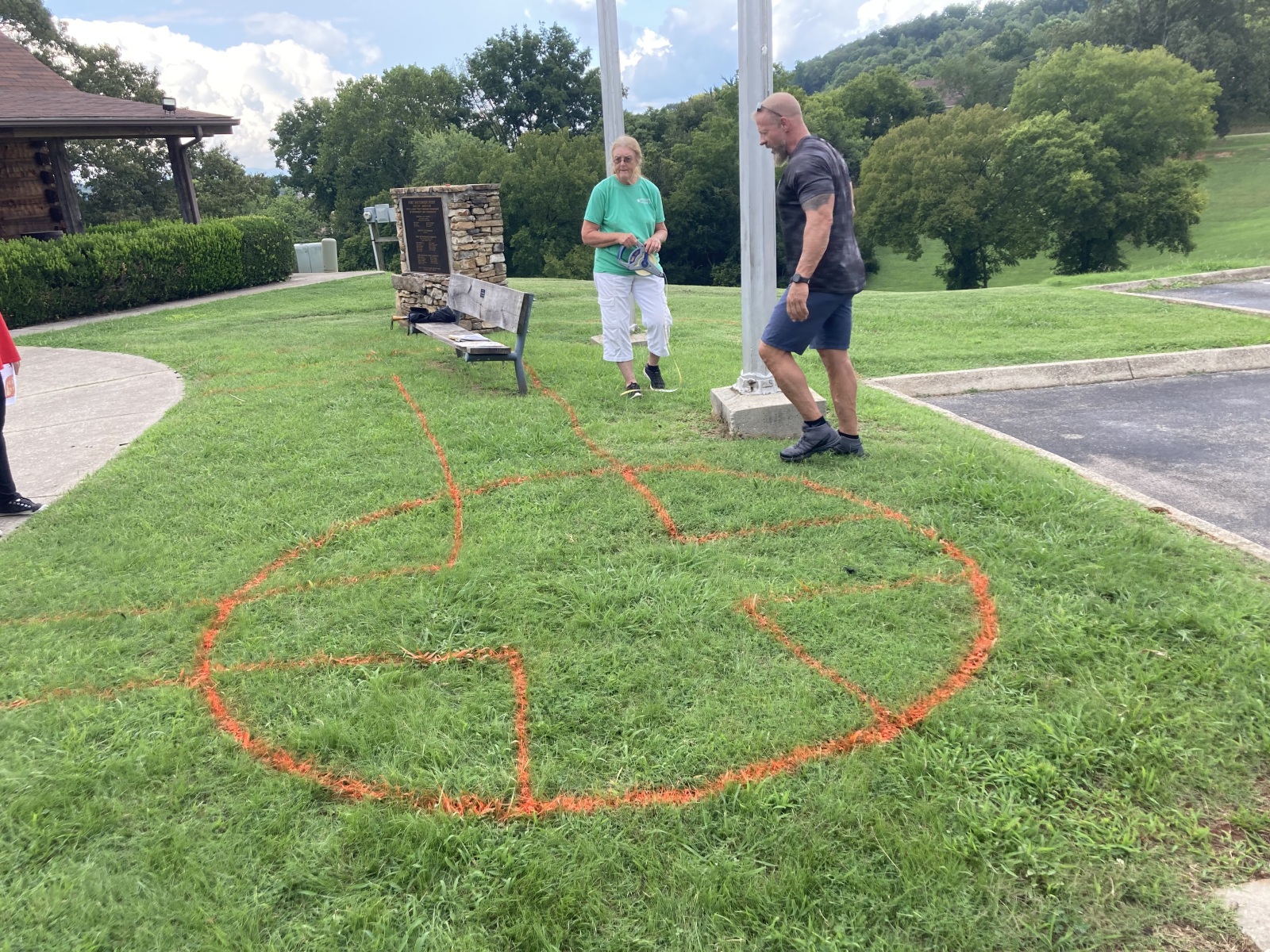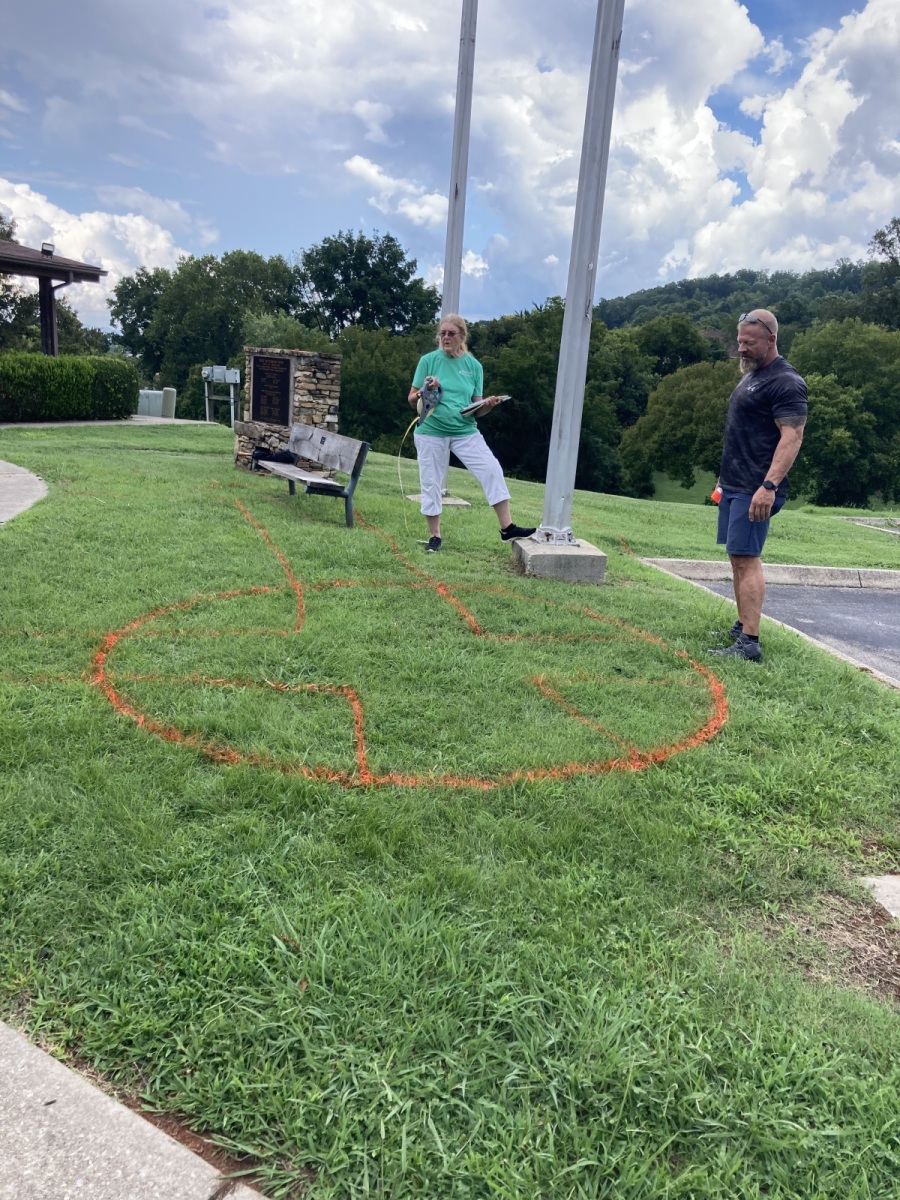The MGRC Intern Class of 2022 wanted to create a public educational display at Fort Southwest Point located in front of the current Visitor’s Center. Their display showcases the important history of this site. The end of the American Revolution War brought a flood of settlers into the Tennessee Valley, leading to increased conflict with the valley’s Cherokee inhabitants. The Treaty of Holston placed a boundary between U.S. and Cherokee lands at the Clinch River, opening former Cherokee land to white settlers East.
The purpose of this project was to create a “healing plant garden” educating the public by highlighting and honoring local Native American plants and the role they played in the early history of our region. The garden provides ongoing visibility for both the Cherokee’s contribution to this area and the Master Gardeners of Roane County.
The garden is designed in a Native American medicine wheel pattern. Divided into 4 quadrants with Cherokee healing plants in each quadrant. The quadrants of the medicine wheel are separated by pea gravel walkways to provide a 360° visual of all plants. There are plant ID markers with QR codes that lead to online information and links. Future plans are to develop a “seed bank” for the benefit of the community. It will contain seeds from healing plants, as well as other plants native to our area. They will locate the “seed bank” at a booth in the Visitor’s Center.
